Tucked away in the charming streets of Sévérac d’Aveyron, a small town in the Occitanie region of southern France, stands a building steeped in history: the Maison de Jeanne. This 550-year-old house is one of the oldest in France and serves as a remarkable example of medieval architectural ingenuity. Its unique design, historical significance, and connection to the traditions of its time make it a must-visit for history and architecture enthusiasts alike.
The Maison de Jeanne is not just a structure; it is a window into the past, a relic of a time when every detail of a building served a purpose, both functional and aesthetic. Its intricate timber-framed design and the distinctive jettying technique used in its construction set it apart as a shining example of medieval craftsmanship.
A 15th-Century Marvel
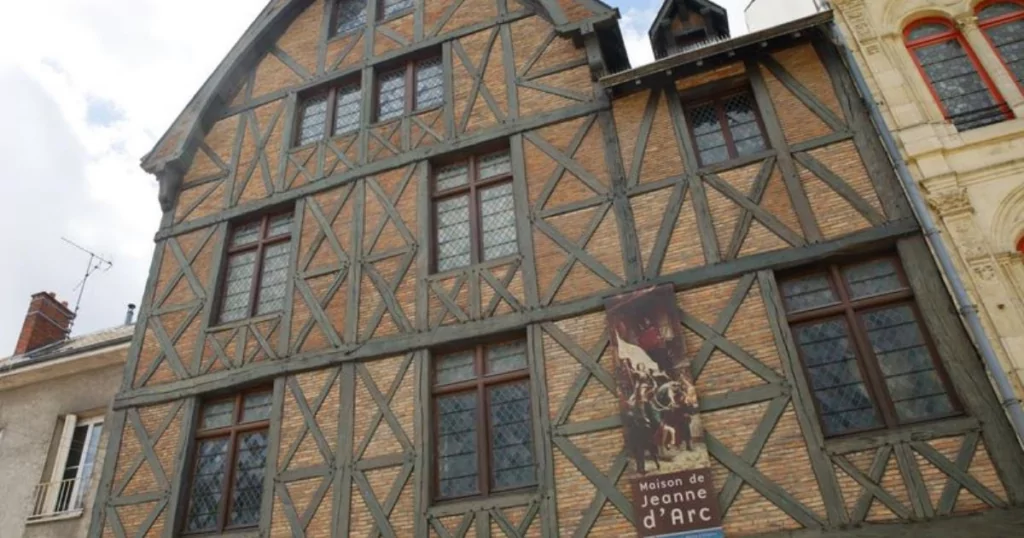
Built in the 15th century, the Maison de Jeanne reflects the architectural style that was popular in medieval Europe. Timber-framed houses, like this one, were common during this era because they were economical, sustainable, and allowed for creativity in design. The framework of such buildings was typically made of oak, which was abundant in the region, and the spaces between the wooden beams were filled with materials like wattle and daub, bricks, or plaster.
The Maison de Jeanne has survived centuries of change and continues to stand as a living monument to medieval engineering. Its preservation over the centuries is a testament to the durability of the materials and techniques used by the builders.
What Makes the Maison de Jeanne Unique?
At first glance, the most striking feature of the Maison de Jeanne is its peculiar design: the upper floors project outward, beyond the footprint of the ground floor. This design, though unusual to modern eyes, was a deliberate and practical choice made by medieval builders. Known as jettying, this technique provided several advantages:
- Increased Space Without Expanding the Foundation:
In medieval towns, space was a premium commodity. Streets were narrow, and buildings were packed closely together. Jettying allowed builders to expand the usable space on upper floors without encroaching on the already cramped streets. - Improved Protection Against Rainwater:
The overhanging upper floors provided a natural barrier that protected the ground floor and the street from rainwater runoff, making the design as practical as it was beautiful. - Enhanced Structural Stability:
The outward projection of the upper floors also helped distribute the building’s weight more evenly, increasing its overall stability. The Maison de Jeanne stands today as a testament to the soundness of this architectural innovation.
Additionally, the house’s timber-framed structure showcases the craftsmanship of medieval builders. The wooden beams were intricately joined using mortise and tenon joints, a technique that required great skill and precision.
Sévérac d’Aveyron: A Town Frozen in Time
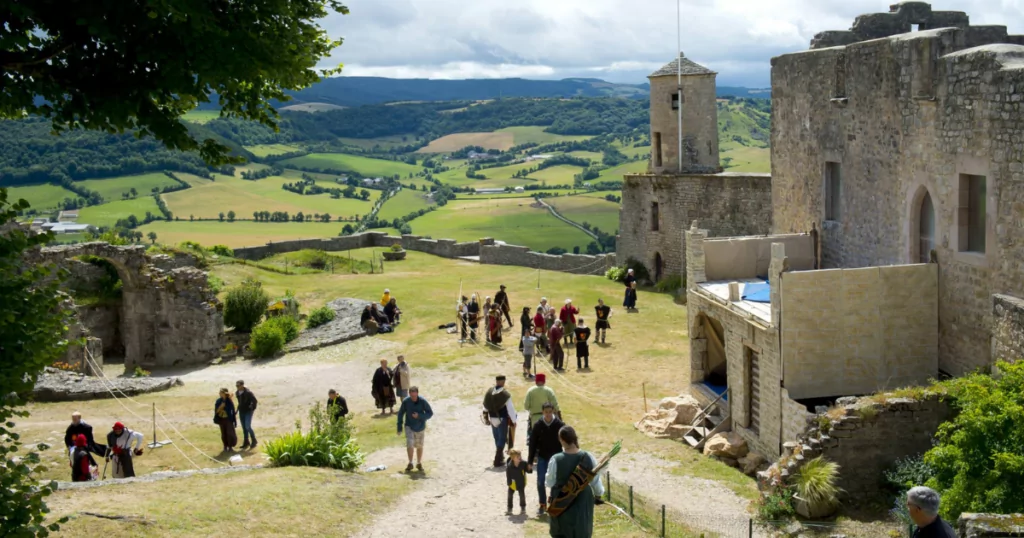
The Maison de Jeanne is located in Sévérac d’Aveyron, a town that feels like a step back into medieval times. This small town, nestled in the rolling hills of southern France, is known for its rich history and well-preserved architecture. Visitors wandering its cobblestone streets can discover a wealth of historic sites, from its medieval castle to its ancient marketplace.
The Maison de Jeanne is one of the most iconic landmarks in the town. Its proximity to other historic buildings and its unique architecture make it a popular destination for tourists and architecture enthusiasts alike. Visiting the Maison de Jeanne is not just about admiring an old house; it’s about immersing yourself in the world of the Middle Ages and gaining an appreciation for the ingenuity of the people who lived during that time.
The Enduring Legacy of Jettying
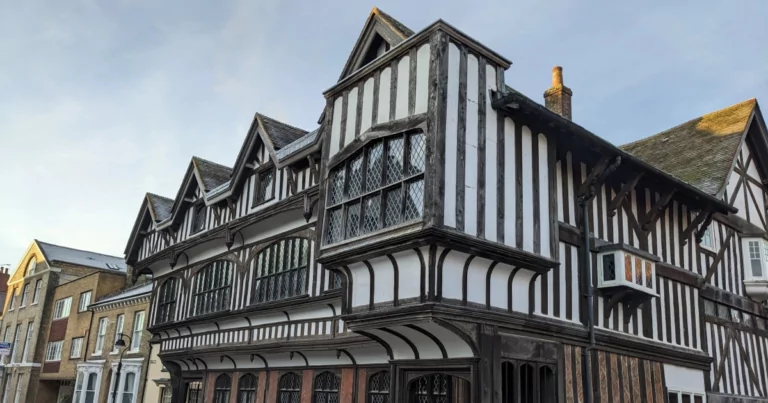
The use of jettying in medieval architecture was not unique to France. Similar techniques can be found in other parts of Europe, particularly in England, where many timber-framed houses with jettied upper floors have also survived. This design became a hallmark of medieval urban planning, as it allowed cities to grow vertically without compromising their narrow streets.
Modern architects and urban planners often look back at jettying as an example of sustainable design. By making efficient use of limited space, medieval builders demonstrated an understanding of resource management that remains relevant today. The Maison de Jeanne stands as a reminder that some of the best solutions to modern challenges can be found in the past.
Preservation and Tourism
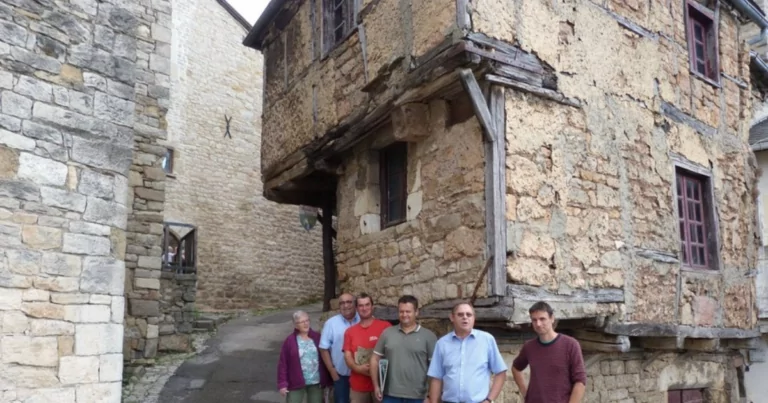
Preserving a house as old as the Maison de Jeanne is no small feat. Over the centuries, it has undergone various restorations to maintain its structural integrity and historical authenticity. Conservation efforts have focused on using traditional materials and techniques to ensure that the house retains its original character.
Today, the Maison de Jeanne is a popular tourist attraction, drawing visitors from around the world. Guided tours offer insights into the history of the house and the techniques used to build it. For those interested in medieval history or architecture, a visit to the Maison de Jeanne is an unforgettable experience.
A Living Monument to Medieval Ingenuity
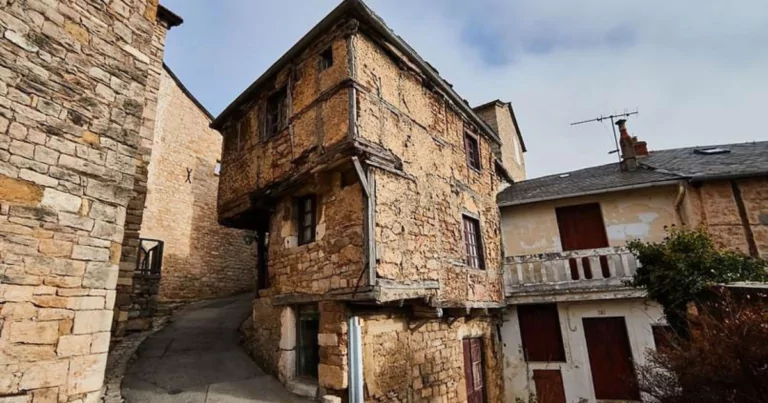
The 550-year-old Maison de Jeanne is more than just an old house; it is a symbol of the creativity and resourcefulness of medieval builders. Its timber-framed construction and jettied design reflect an era when every architectural choice had to balance practicality, durability, and aesthetics.
For residents of Sévérac d’Aveyron, the Maison de Jeanne is a cherished piece of their town’s heritage. For visitors, it is a chance to step back in time and experience the ingenuity of a bygone era. Whether you’re an architecture enthusiast, a history buff, or simply a curious traveler, the Maison de Jeanne is a site that should not be missed.
Conclusion
In the heart of Sévérac d’Aveyron, the Maison de Jeanne continues to captivate visitors with its unique design and historical significance. As one of the oldest houses in France, it offers a glimpse into the ingenuity of medieval builders who were able to create structures that were both functional and beautiful. The use of jettying as a space-saving technique highlights the resourcefulness of the time, while the house’s preservation serves as a reminder of the importance of safeguarding our architectural heritage.
The Maison de Jeanne is not just a building; it is a story—one that connects us to the past and inspires us to appreciate the creativity and resilience of those who came before us.


